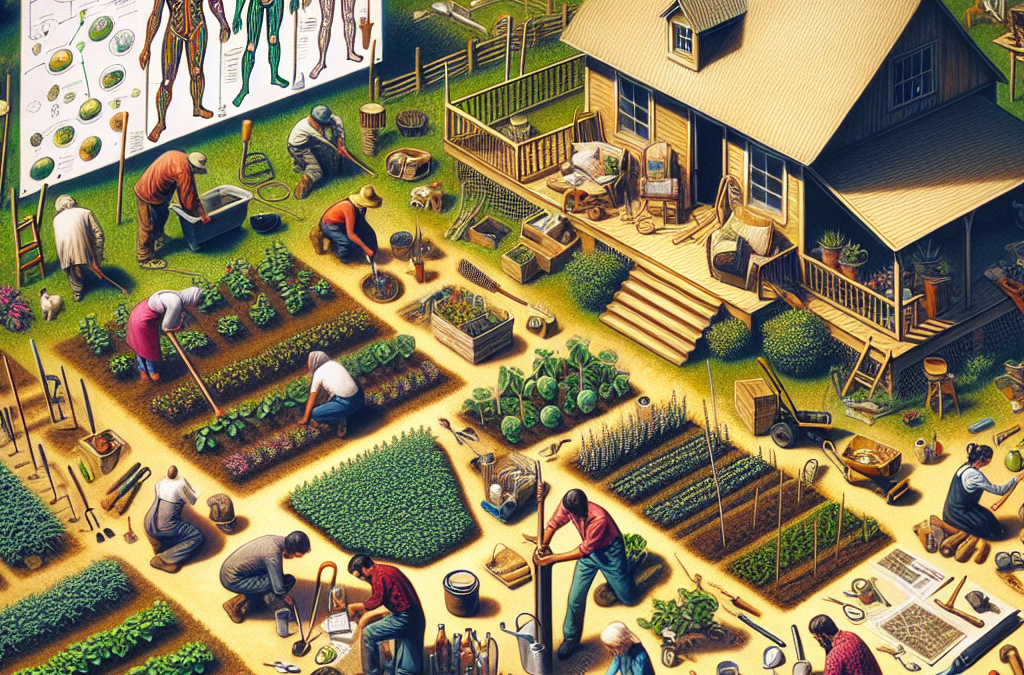Are you ready to start your own home farm? If so, this article is for you! Home farming has become increasingly popular in recent years as people seek out ways to live more sustainably and reduce their carbon footprint. In this post, we’ll cover everything from choosing the right plants and animals for your space to building a sustainable ecosystem on your property. Let’s get started!
Introduction to Home Farming:
Home farming can be an incredibly rewarding experience that allows you to grow your own food and raise livestock while also reducing your environmental impact. However, it requires careful planning and attention to detail if you want to succeed. Here are some tips to help you get started:
Choosing the Right Plants and Animals for Your Space:
One of the most important decisions you’ll make when starting a home farm is what types of plants and animals to grow or raise. This will depend largely on the size and layout of your property, as well as your personal preferences and goals. Some common crops grown by home farmers include vegetables like tomatoes, lettuce, and carrots, while others may choose to focus on fruit trees or herbs. When it comes to raising livestock, chickens and goats are two popular options that require relatively little space. Be sure to do plenty of research before making any final decisions about which plants and animals to incorporate into your home farm.
Building a Sustainable Ecosystem on Your Property:
Another key aspect of successful home farming is creating a sustainable ecosystem on your property. This means working with nature rather than against it to create a self-sufficient system where waste products from one part of the farm are used to nourish other parts. For example, compost made from kitchen scraps and animal manure can be used to fertilize gardens and fields, while plantings of native shrubs and flowers can attract beneficial insects and birds that help control pests. By taking a holistic approach to land management, you can create a thriving ecosystem that supports both your agricultural endeavors and local wildlife populations.
Tips for Growing Organic Produce at Home:
If you’re interested in growing organic produce at home, there are several things you should know. First and foremost, avoid using synthetic chemicals and pesticides whenever possible. Instead, opt for natural alternatives such as neem oil, garlic spray, and companion planting. You should also pay close attention to soil health, as poor quality soil can lead to stunted growth and reduced yields. To improve soil health, consider adding compost, mulch, and other amendments to your garden beds. Finally, don’t forget to rotate your crops each year to prevent depletion of nutrients in the soil.
The Benefits of Raising Livestock in Your Backyard:
Raising livestock in your backyard can provide numerous benefits beyond simply producing fresh meat and dairy products. For starters, it can help you achieve greater self-sufficiency by providing a reliable source of protein and other essential nutrients. Additionally, raising livestock can help you reduce your dependence on grocery stores and support local farmers instead. Many people find that raising livestock also provides them with a sense of connection to the earth and helps them feel more connected to their food sources.
In conclusion, starting a home farm can be a challenging but ultimately rewarding endeavor. Whether you’re looking to grow your own produce or raise livestock, following these tips can help set you up for success. Good luck and happy farming!





